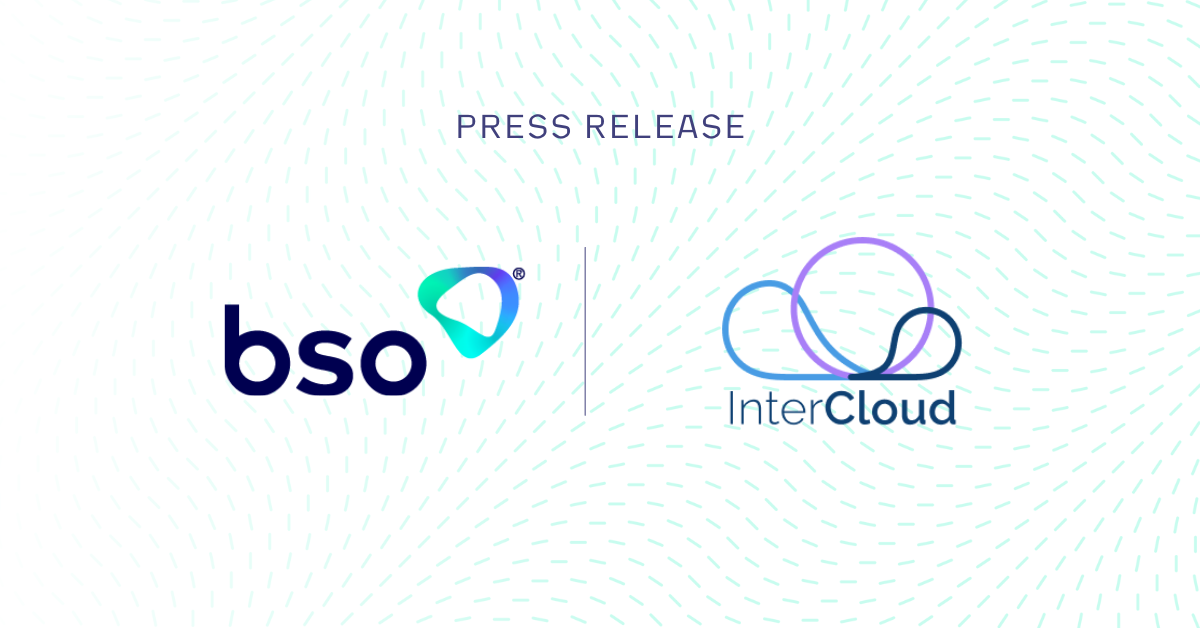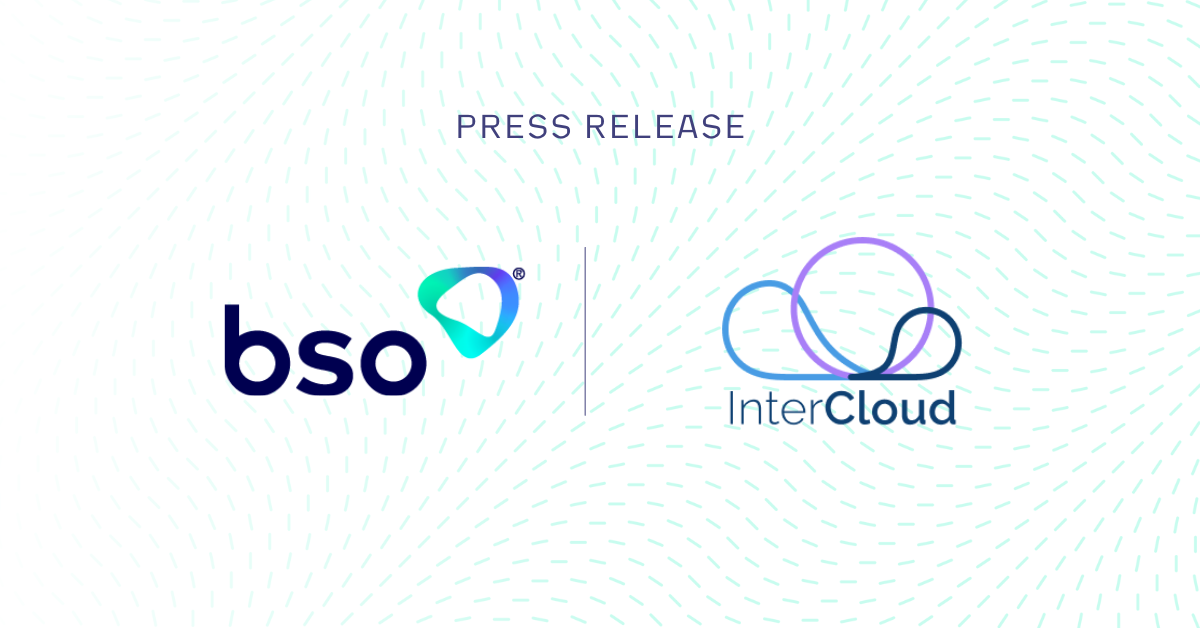
Cloud computing is nothing new, and many businesses are already leveraging the capabilities of the cloud to optimise their IT infrastructure and resource usage. However, within the cloud space, an approach that is still maturing is multi-cloud. Whether businesses are actively investigating the benefits of a multi-cloud approach, or if, through mergers and acquisitions, they find themselves with accidental multi-cloud environments, the necessity for optimal multi-cloud management can’t be understated.
Here, we unpack what multi-cloud offers businesses, the expert tips you can follow to ensure your multi-cloud implementation and management is optimal, and what to avoid when making the journey to multi-cloud.
Benefits of using multiple cloud providers
Not every cloud provider will have the exact services and capabilities you need to meet your business needs. To ensure you can access and leverage the very best solutions for each specific business requirement, without having to compromise and stick with just one cloud, taking a multi-cloud approach is a good option.
“Multi-cloud” refers to the use of multiple cloud providers’ services within a single environment, and the benefits for businesses are numerous. With multi-cloud, companies aren’t limited by a single cloud provider’s strengths and weaknesses but can cherry-pick the best services from multiple providers, in line with their application, development, testing and backup needs. This means more control, flexibility and protection against failures for businesses.
Key benefits of multi-cloud include:
-
Improved disaster recovery
-
Less vendor dependency
-
Closer customer proximity and therefore, lower latency
-
Consistent access to best-of-breed solutions
-
Improved application performance
While great for enabling optimal agility, multi-cloud does, however, also mean there’s more for IT teams to consider and manage.
How to manage multi-cloud providers simultaneously
With this in mind, getting your multi-cloud management right is integral to reaping the full benefits of this solution. Here are the expert steps you can take to ensure you are managing your multiple cloud providers effectively.
1. Ensure your multi-cloud strategy is watertight
Before any steps can be actioned, you should take the time to develop a comprehensive multi-cloud strategy. Take a step back and assess how your current cloud infrastructure serves different lines of business within your organisation and consider what the optimal multi-cloud set-up would look like from a user, process and data perspective. How will teams access and use the multiple clouds? Should workloads be easily transferable between providers? Have you planned for redundancy to avoid single points of failure? Ask all the necessary questions and get clarity on as many of the finer details as possible, so that your strategy is formed on the basis of fact and not assumption.
Be sure to develop a company cloud policy as part of your multi-cloud strategy if you don’t have one already. This will help ensure the consistent best use of the cloud across your business and multiple cloud providers, ensuring your data is kept secure and your multi-cloud environment remains compliant with industry regulations.
If you run into uncertainties at any point in your strategising process, seek out help from expert cloud professionals. If you partner with a cloud hosting company, they should have this expertise in-house, readily available to consult with you on your multi-cloud strategy and the best course of action for your business.
2. Track your resources meticulously
Most IT professionals have experienced the woes of scope creep, budget overrun and vendor misalignment at some point or another, and these issues can easily crop up if you don’t keep a firm grip over your multi-cloud environment.
To optimise your multi-cloud strategy and avoid unnecessary resource wastage, you need to be able to map your cloud resources against your business functions and requirements and have an efficient tracking model in place to keep on top of these.
While an inevitability in some cases, having too many services on the go might lead to an overlap in capabilities, often resulting in redundant costs. But with efficient tracking in place, you can maintain control over your resources and demonstrate your strategically-backed success to the wider business, which will improve shareholder and team buy-in.
3. Take a standardised approach
While being familiar with each of your cloud provider’s cloud management tools is important, to further optimise your multi-cloud management, you should look to adopt a centralised tool and implement a standardised set of processes that are applicable across your multiple clouds. This will ease the complexity and operational burden of managing your multi-cloud while giving your teams a single, all-encompassing tool to learn.
Leveraging an effective Cloud Management Platform (CMP) tool is a great way to keep all your cost and resource utilisation on track and in check, helping you to optimise your IT costs and resources and effectively manage your multi-cloud environment overall. These CMP tools also let you compare the pricing of similar workloads placed in different clouds, which can guide you on which workloads to move to take advantage of price variations.
As these tools continue to evolve, it’s worth keeping an eye on their migration, provisioning, monitoring, integration and orchestration capabilities, as these will help you continuously improve your multi-cloud management. If you partner with a cloud hosting company, they should be able to guide you on which CMP tool is best for your needs, and if a new, more sophisticated CMP tool is worth adopting. They should also be able to help you implement these tools and get your teams up to speed on how best to use them.
4. Automate wherever possible
In line with standardising tools and processes in your multi-cloud management, identify where there are opportunities to automate time-consuming tasks, such as networking, patching and vulnerability scanning.
It’s also worth automating standardised policies that are applicable to each cloud in your environment. These include policies around virtual servers, workloads, traffic flows, data storage, security, compliance and reporting. Having a single, standard configuration across the various infrastructures also makes applying updates and changes easier, as it seamlessly propagates the changes across your environment.
Managing multiple clouds is complex enough without having to factor repetitive and onerous tasks into your workflows, and automating can help reduce human error and free up your team’s time to focus on more value-adding activities.
Things to avoid with multi-cloud management
Along with the steps you should take to optimise your multi-cloud management, there are also things to avoid that can have a detrimental effect on your environment and business overall.
Don’t take security and compliance as a given
Security issues and breaches crop up when the small details are overlooked, and implementing a single set of security policies in a multi-cloud environment can be challenging because each cloud provider has its own specific security tools in place.
To help achieve standardisation and avoid considerable security risk, it’s best to partner with a cloud hosting company that provides cloud-agnostic security solutions. This cloud partner will help you set and apply security policies across all your cloud infrastructures, guaranteeing consistent, reliable security as your data and workloads flow between clouds.
Ensure your cloud hosting partner offers security capabilities like centralised identity and access control, single sign-on and multi-factor authentication, and ask after their compliance licensing and certifications to ensure they can help you meet your compliance requirements easily.
It’s also worth assessing if your more complex data security requirements are best met with a private cloud solution. Multi-cloud doesn’t mean the use of multiple public clouds exclusively, and if you need a private cloud to meet industry or regional data security requirements, then include it in your multi-cloud strategy and implementation. Bonus points if your cloud hosting company offers private cloud solutions, too.
Don’t overlook your global locations
While proximity to your end-users is an important consideration when choosing cloud providers, network performance is an equally important factor to bear in mind, especially if you have customers and clients in remote locations.
Cloud providers’ network performance does vary from one region to another. As such, you’ll need to consider each of your locations’ specific needs and run performance tests if you’re already using a cloud provider in those regions. Take all of this information into account when selecting other, more performant cloud providers for these locations.
Keep these same requirements in mind when looking to partner with a cloud hosting company, and enquire into their network reach and capabilities, latencies, and if they have partnerships with cloud providers already optimally serving the other locations you’re present in.
Don’t take a DIY approach
If not managed properly, multi-clouds can create significant business problems beyond just increased costs and operational complexity. To ensure your multi-cloud environment remains highly available, flexible and secure, you need specific expertise to help you effectively manage it, which may not be readily available within your business.
Partnering with an expert cloud hosting company can help you not only confidently manage your multi-cloud, but also ensure you are adequately supported when your business grows and multi-cloud needs expand. Furthermore, they can help you address unforeseen challenges that are bound to crop up as you establish your multi-cloud environment, and can provide regular reports and feedback on how to keep your multi-cloud management optimised.
Summary
Adopting a multi-cloud approach for your business’ IT resource needs can be advantageous, but to fully reap the benefits of this cloud paradigm, you need to prioritise its management. While using any cloud takes careful planning and management, the complexities that come with multi-cloud mean that you can’t overlook the need for an effective strategy, optimised management processes, and specialist knowledge.
Tapping into the expertise of a cloud hosting company can help you effectively manage your multi-cloud, from strategy through to implementation, maintenance and scaling. And while it may seem like a daunting and resource-intensive undertaking initially, with the right support you can be sure of a successful multi-cloud environment that is seamless to manage.
How BSO can help
BSO is a full-scope managed cloud services provider that many data-intensive businesses partner with for their cloud hosting needs. We offer both off-the-shelf and bespoke cloud solutions and work collaboratively with you to ensure your cloud infrastructure meets your specific business requirements.
Our cloud services and support extend to:
We combine our physical product offering, our specialised expertise and our managed services to give you a sophisticated cloud setup that translates into long-term business success, underpinned by our ongoing support and up-to-the-minute insights. We have the infrastructure and know-how to optimise your cloud environment, whatever form it’s in.
If you’d like to learn more about how BSO can simplify your cloud journey, contact our expert team of engineers. Alternatively, if you’re interested to discover more about the cloud options available to you, download our informative Cloud Comparison Guide by clicking below.
ABOUT BSO
The company was founded in 2004 and serves the world’s largest financial institutions. BSO is a global pioneering infrastructure and connectivity provider, helping over 600 data-intensive businesses across diverse markets, including financial services, technology, energy, e-commerce, media and others. BSO owns and provides mission-critical infrastructure, including network connectivity, cloud solutions, managed services and hosting, that are specific and dedicated to each customer served.
The company’s network comprises 240+ PoPs across 33 markets, 50+ cloud on-ramps, is integrated with all major public cloud providers and connects to 75+ on-net internet exchanges and 30+ stock exchanges. The team of experts works closely with customers in order to create solutions that meet the detailed and specific needs of their business, providing the latency, resilience and security they need regardless of location.
BSO is headquartered in Ireland, and has 11 offices across the globe, including London, New York, Paris, Dubai, Hong Kong and Singapore. Access our website and find out more information: www.bso.co
SALES ENQUIRY
Get in touch now. Find out how we can transform your business_
You might be interested in_
THE BSO DIFFERENCE
The industries we work across_





/Revolutionising-Connectivity%20BSOs-Tailored-Cloud-Solution-for-CryptoStruct-GmbH.png?width=1050&height=550&name=Revolutionising-Connectivity%20BSOs-Tailored-Cloud-Solution-for-CryptoStruct-GmbH.png)
/6%20Cloud%20Best%20Practices%20for%20Financial%20Technology%20Companies.jpg?width=1200&height=600&name=6%20Cloud%20Best%20Practices%20for%20Financial%20Technology%20Companies.jpg)










